World Fine Art Professionals and their Key-Pieces, 332 - Patricia Werneck Ribas
World Fine Art Professionals and their Key-Pieces, 332 – Patricia Werneck Ribas
In the Eye Bar Restaurant of the Eye Film Museum in Amsterdam, beautifully situated along the broad IJ with the Central Station on the other side, I speak with photo/video artist Patricia Werneck Ribas. At Art Rotterdam 2020 I saw a special film by her, ‘Tribal Affairs’ in which I saw Germans imitate Indians / Native Americans with ‘powwow’ dancing in a wigwam.
Patricia, from Itapetininga, Brazil, had a great interest in film and art from an early age. She studied language and literature at the University of São Paulo. In 2001 she moved to the Netherlands. In Amsterdam she studied photography at the Photo Academy. She mainly made portraits.
Because she wanted more depth in her work, she continued her studies in 2009 at the Gerrit Rietveld Academy, VAV department (Formerly Audiovisual). There she started making videos, besides photos. In 2014 she made the video installation Ophelia? Ophelia, a Shakespearean character, drowned under mysterious circumstances in a shallow stream.
In the video, she reacted to the famous painting ‘Ophelia’ by John Everett Millais. She wanted to give an unexpected twist to the passive woman’s expectations. In three films running simultaneously, we see the descent into the underwater world, the fight to stay in the water and finally the woman on the surface. The viewer gets the feeling of being underwater. It was the first time that Patricia made something so big with video.
Identity
How would she describe her theme? Patricia: “It’s about identity. I began to seek my own identity in relation to others. For example, is there a relationship between appearance and identity? Does someone’s face say anything about what that person is like? To some, I was a woman from an ‘exotic’ country. It turned out that all kinds of ideas were linked to that.”
She found that a person’s identity was often a constructed identity, with many fictitious aspects. “A person’s skin color, place of origin, friends, all evoke fictions, constructions. If you broaden it, this also applies at a higher level, for concepts such as ‘the white man’, ‘non-Western religions’ and rituals.”
Deconstruct
She tries to deconstruct these fictions in various videos, for example in ‘Tribal Affairs’. Why is she so fascinated by this theme? Patricia: “As a young teenager, I was 11/12, my dream was: equality, I was in love with communism. A nice ideal for Brazil, I thought. The cloud of idealism has since blown away. But the dream of greater equality, fairness and justice for all has remained. For me, that does not translate into very activist work, but work with a great focus on how people relate to each other and the thoughts in their heads. At the Academy I made a documentary about a ‘first nations’ girl in Canada, for which I did the necessary research.”
Key work
Does she have a key work? It turns out she has two. The first is ‘Ophelia?’ “I got good responses. It gave me confidence to continue with video.” The second key work is Tribal Affairs. Patricia traveled to a small village, Grimma, near Dresden to collect images of ‘powwow’ gatherings.
We see men and women in eagle feather headdresses, singing and stamping their feet while wearing noisy bells around their ankles. In their beaded leather moccasins, patchwork fringed aprons, shiny sequined skirts, they slowly circle the large tent.
“Since the 1800s, Germans have been fascinated by Native Americans. A rough estimate is that 40,000 to 80,000 people across the country participate in powwows. I edited a conversation between two tribal women from South America, watching the video footage of the Germans slowly dancing in their ‘exotic’ costumes. The sound of Europeans singing can be heard in the background as the women speak. This unexpected opens a space to think about what it means to be ‘the other’.”
Cultural appropriation
The film has been screened in many countries, but the reactions have been different. Patricia: “In most European countries and in Russia it was considered cultural appropriation. In Brazil, viewers thought it was funny, although they were aware of the cultural appropriation. In Germany, the film has not been to a video festival. Does this mean a lot?”
Away
Patricia has been away for a few years, from 2015 to 2017, due to an illness. She made the photo installation ‘Head (of a Woman)’ about it. “Too bad I’ve been out for two years. I did not receive any supernatural message during that time. I’ve been thinking about some things. I hear some people come out stronger. I don’t know if that applies to me. I was already strong. I have to go through it alone. I have learned to let go of some things.”
Equivalence
What is her experience of art life? “It’s a beautiful profession, artist. It is a financial challenge. That is why I work on commission, I make films for the cultural sector: after-movies, registrations and video clips. Also to get in touch with new people and other parts of society. And I keep reading, especially philosophy and literature.”
Finally, what is her philosophy? “Social equality is a great asset. That applies to myself in my work by not taking advantage of people who are vulnerable. By keeping my view as open as possible and approaching people and things without prejudice.”
Images
1) Ophelia, Main videostill, 2) Native Colors, video still, 3) tribal affairs, IMAGE 01, 4) tribal affairs, IMAGE 02, 5) Head of a Woman 1, 6) Head of a Woman 2, 7) Untitled 06, 8) Untitled 08, 9) Untitled 19, 10) portrait photo Patricia Werneck Ribas
http://www.patriciawerneckribas.com/
https://www.josildadaconceicao.com/patricia-werkneck-ribas
https://www.instagram.com/patriciawerneckribas/
https://ifthenisnow.eu/nl/verhalen/de-wereld-van-de-amsterdamse-kunstenaar-80-patricia-werneck-ribas
Disclaimer: The views, opinions and positions expressed within this guest article are those of the author Walter van Teeffelen alone and do not represent those of the Marbella Marbella website. The accuracy, completeness and validity of any statements made within this article are not guaranteed. We accept no liability for any errors, omissions or representations. The copyright of this content belongs to Walter van Teeffelen and any liability with regards to infringement of intellectual property rights remains with the author.

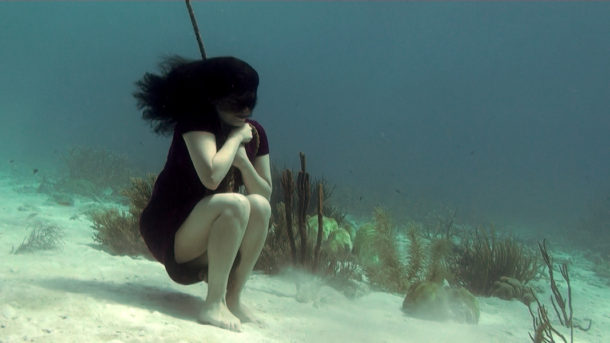

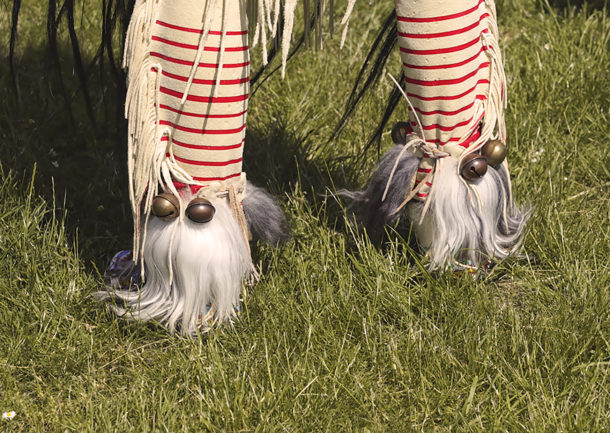

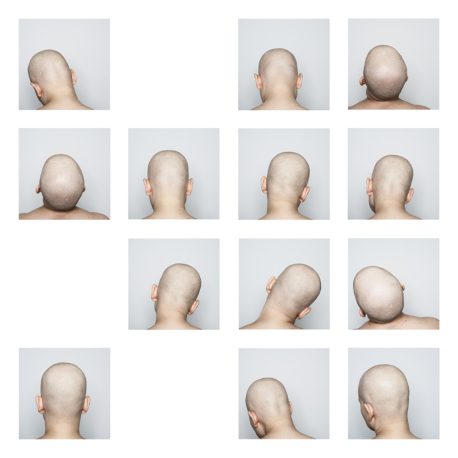
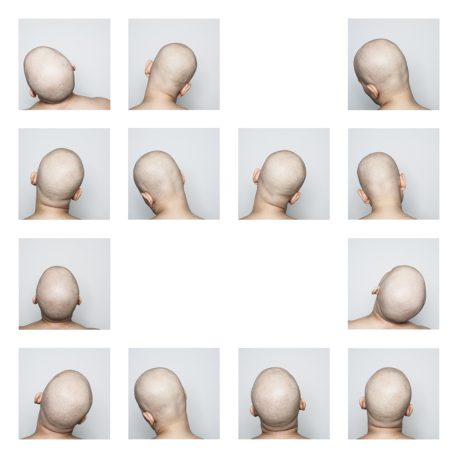
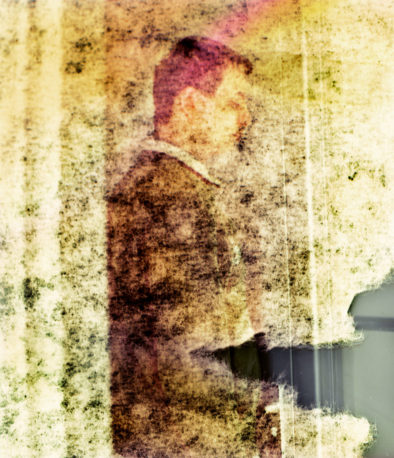

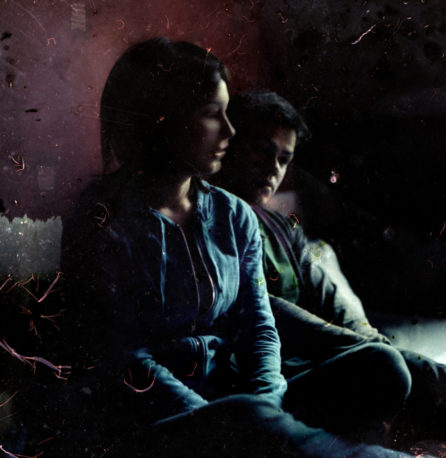
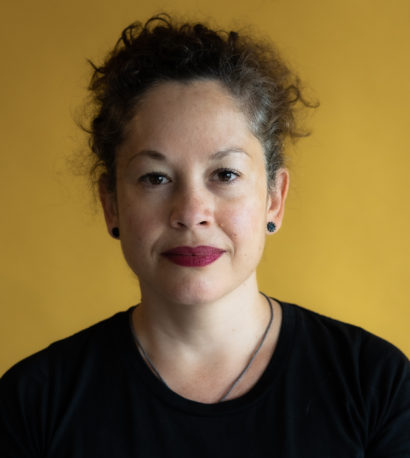














The opinions expressed by individual commentators and contributors do not necessarily constitute this website's position on the particular topic.